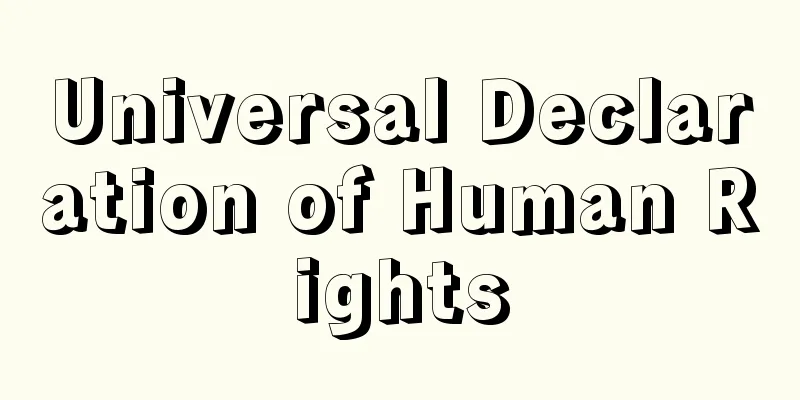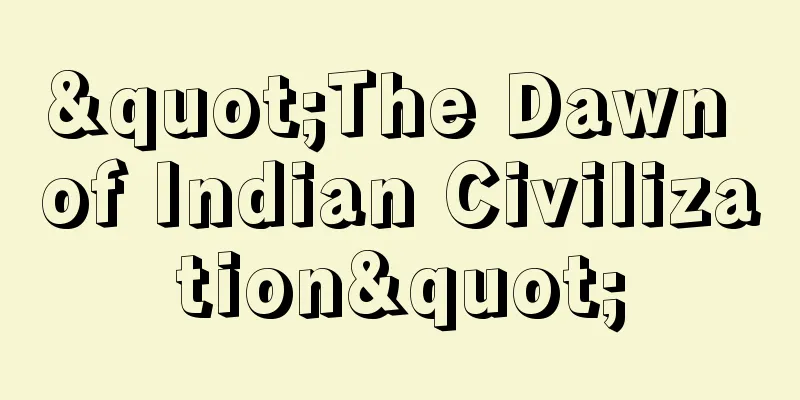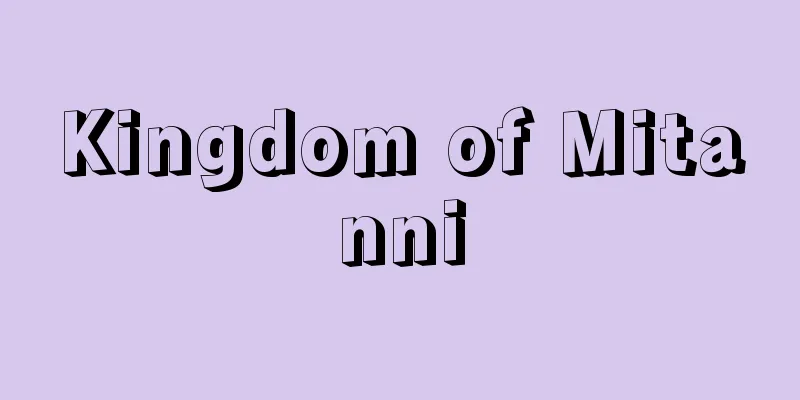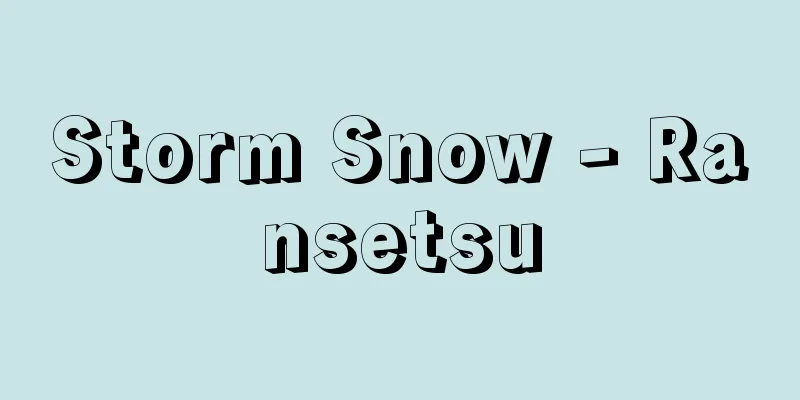Universal Declaration of Human Rights

|
This is a general declaration of human rights adopted by the Third United Nations General Assembly on December 10, 1948, and is considered a common standard to be achieved by all peoples and all nations. During the Second World War, on January 6, 1941, U.S. President Roosevelt stated four freedoms (freedom of speech, religion, and freedom from want and fear) in his message to Congress. These freedoms were later incorporated into the human rights articles of the United Nations Charter through the Atlantic Charter in 1941 and the Joint Declaration of the Allied Powers in 1942. At the inaugural UN Conference in 1945, there was a view that an International Bill of Human Rights should be included in the Charter, but the Charter only stipulated the basic principles of respect for human rights, and the specific content of the human rights to be protected was left to the work of the Committee on the Promotion of Human Rights (Commission on Human Rights), a subsidiary organ of the Economic and Social Council. The Universal Declaration of Human Rights was the result of the Committee's deliberations, which then went on to draft the legally binding International Covenant on Human Rights. In this declaration, Articles 1 to 20 are devoted to civil liberties, Article 21 to political rights, and Articles 22 to 27 to economic, social and cultural rights. In 1988, to commemorate the 40th anniversary of the adoption of the declaration, December 10th, the date of its adoption, was designated as Human Rights Day. In the 1951 Peace Treaty with Japan, Japan pledged to make efforts to realize the aims of the declaration, and the week preceding Human Rights Day has been designated as Human Rights Week, during which various events are held every year. [Shigeki Miyazaki] [References] | [Supplementary Materials] |Source: Shogakukan Encyclopedia Nipponica About Encyclopedia Nipponica Information | Legend |
|
1948年12月10日、第3回国連総会で採択された一般的人権宣言で、すべての人民とすべての国が達成すべき共通の基準とされている。 第二次世界大戦中、1941年1月6日、アメリカ大統領ルーズベルトは、議会に対する教書のなかで、四つの自由(言論・信仰の自由、欠乏・恐怖からの自由)について述べたが、それは41年の大西洋憲章、42年の連合国共同宣言を経て、国際連合憲章の人権諸条項となった。45年の国連創設会議で、憲章のなかに国際人権章典を含ませるべきであるとの意見もあったが、憲章には人権尊重の基本原則だけを定め、保護さるべき人権の具体的内容は、経済社会理事会の補助機関である人権の伸長に関する委員会(人権委員会)の作業にゆだねられた。世界人権宣言は、同委員会の検討の成果であり、同委員会は、それに次いで、法的拘束力をもつ国際人権規約の作成にあたった。 この宣言は、第1条から第20条までを市民的自由権的権利、第21条を政治的権利、第22条から第27条までを経済的社会的文化的権利規定にあてている。1988年には宣言採択40周年を記念して、採択日の12月10日を人権デーとした。わが国は1951年(昭和26)の対日講和条約で、同宣言の目的実現のための努力を誓ったほか、人権デーに先だつ1週間を人権週間とし、毎年各種の行事が行われている。 [宮崎繁樹] [参照項目] | [補完資料] |出典 小学館 日本大百科全書(ニッポニカ)日本大百科全書(ニッポニカ)について 情報 | 凡例 |
<<: World Atlas - Sekaizue (English) Orbis sensualium pictus
>>: World Wide Fund for Nature
Recommend
Minkoff - Minkoff (English spelling) Svetoslav Minkov
1902‐66 Bulgarian author. A satirist who depicted ...
RE - Ree
《 reverse engineering 》⇒reverse engineering RE [ro...
Sibir Khanate - Sibir Khan (English spelling)
At the end of the 15th century, Ibak of the Shayba...
Liquor store conference - Sakayakaigi
A meeting was held in May 1882 (Meiji 15) with th...
Amateur Wrestling - Amachiaresuringu
⇒Ama-res Source: About Shogakukan Digital Daijisen...
prisca theologia (English spelling)
… [Established] Within the tradition of Hermetic ...
High-standard trunk road - KOUKIKAKUKANSENDOURO
A type of high-standard road, it is a road exclusi...
Tāq-e Bostān (English spelling)
…The remains of rock reliefs from the middle and ...
New Japan Athletic Federation - New Japan Athletic Federation
A sports organization founded in 1965 under the ph...
Yuzuru Hiraga
Naval architect and warship designer. Born in Hir...
Nyamwezi
…He was a chief who united the Nyamwezi people wh...
Abelardus, P. - Abelardus
…an early French scholastic theologian and philos...
proprioceptor
…Charles Scott Sherrington (1857-1952) also divid...
Doxantha capreolata (English spelling) Doxantha capreolata
...Many species have beautiful flowers and are cu...
Ropshin, V. (English spelling) RopshinV
…He was arrested in 1906, but escaped with the he...






![Kamiagata [town] - Kamiagata](/upload/images/67cb3e9b0c78a.webp)


